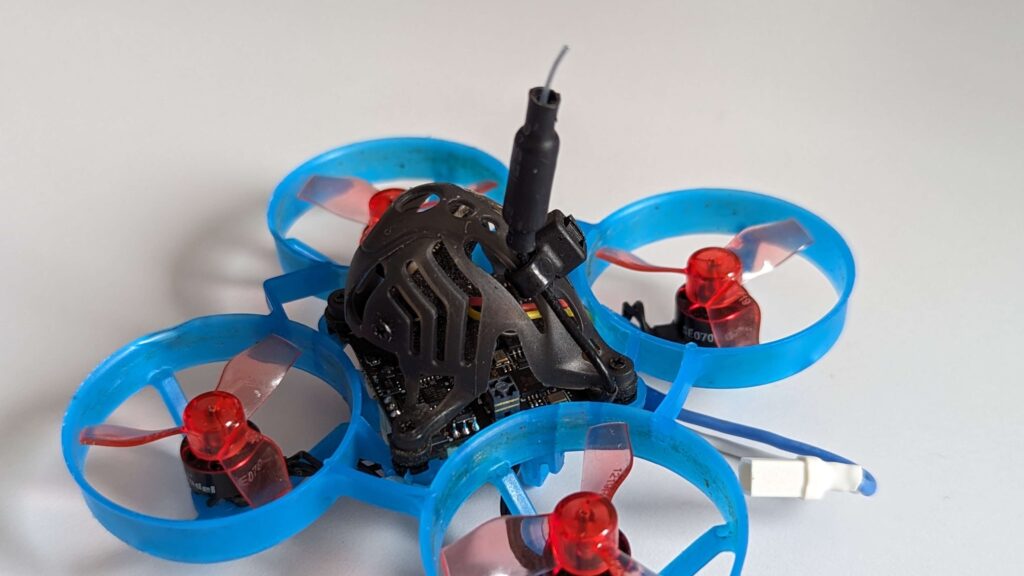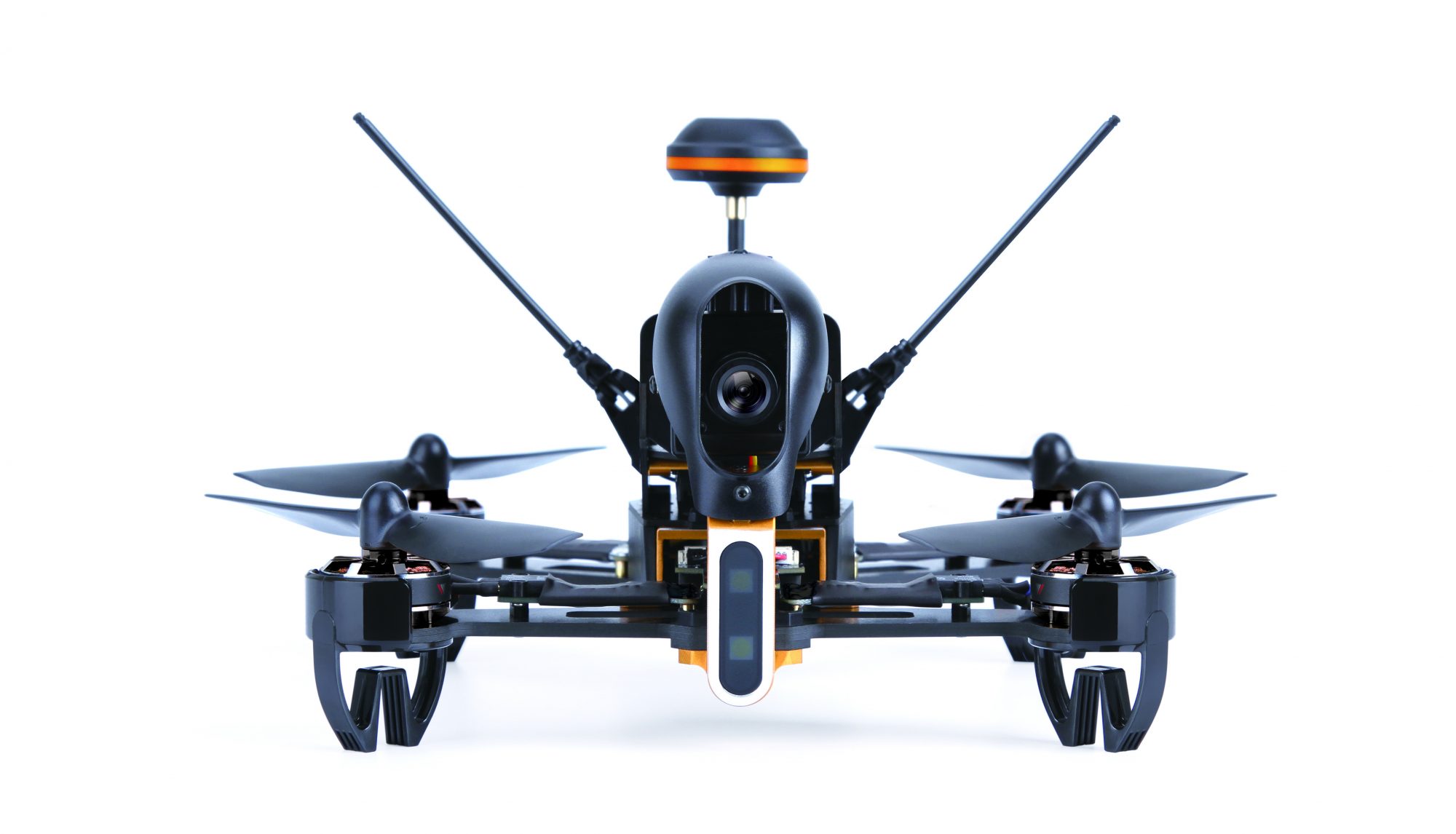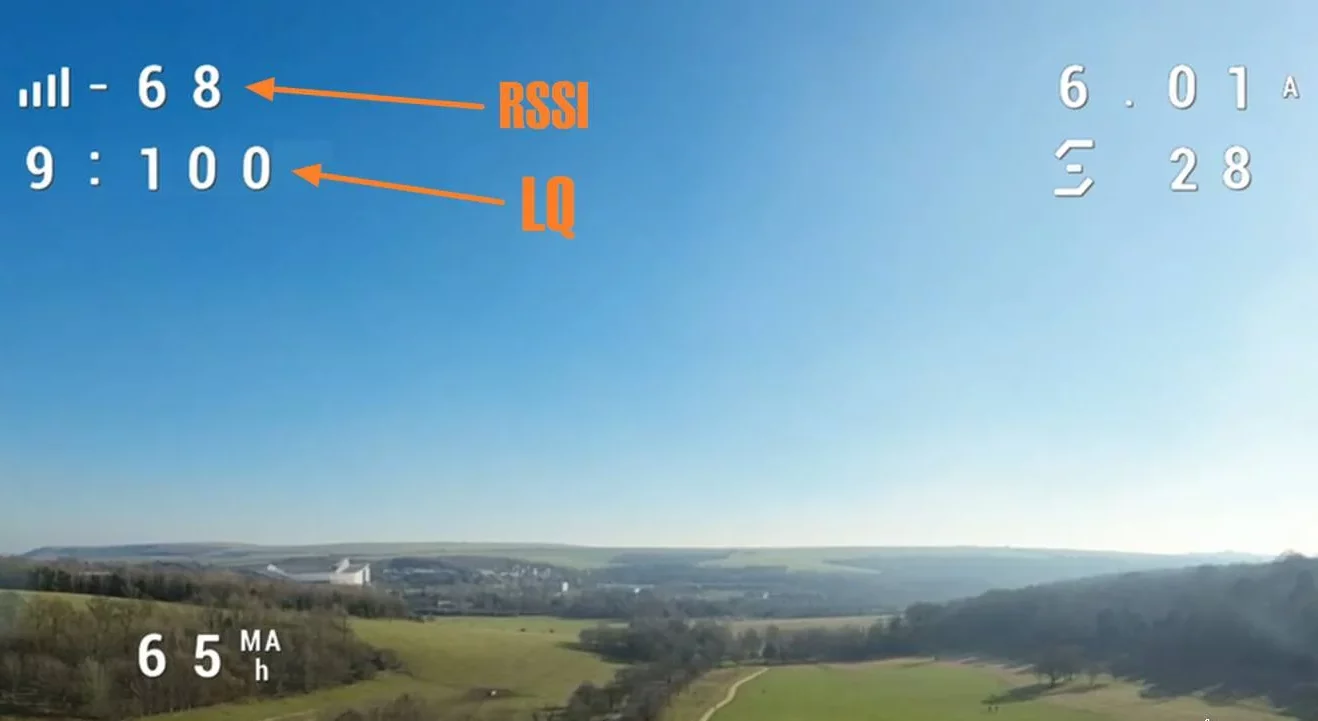What is RSSI and how is it used in FPV systems?
RSSI, or Received Signal Strength Indication, is a critical metric in wireless communication systems. It measures the strength of the signal between a transmitter and a receiver, providing valuable information about the quality of the connection. In the context of FPV (First Person View) systems, RSSI is used to determine the health of the radio link between the quadcopter and the radio transmitter.
FPV systems have become increasingly popular in recent years, enabling users to experience a first-person view of their quadcopter’s flight. However, maintaining a reliable radio link is crucial for ensuring safe and stable operation. RSSI provides an indication of the signal strength, which can help users avoid loss of radio signal and prevent unexpected crashes. In this article, we will explore the role of RSSI in FPV and Long Range systems, its measurement techniques, and its impact on performance.
Key Takeaways
- In FPV systems, RSSI is used to determine the health of the radio link between the quadcopter and the radio transmitter, helping users avoid loss of radio signal and prevent unexpected crashes.
- Accurate measurement of RSSI is crucial for maintaining a reliable connection and improving FPV performance.
Understanding RSSI
RSSI stands for Received Signal Strength Indicator and it is an important metric used in FPV systems. It measures the strength of the signal between the transmitter and receiver and is measured in decibels (dBm). The higher the RSSI value, the stronger the signal.
In FPV systems, the RSSI value is used to determine the quality of the radio link between the transmitter and receiver. It is an important safety feature that helps pilots avoid loss of radio signal, which could lead to unexpected crashes, and damage to the drone, and other people’s properties.
When the RSSI value is low, it indicates that the signal strength is weak and that the drone is approaching the limit of its range. As a result, the pilot should take immediate action to bring the drone back within range.
It is important to note that the RSSI value is not an accurate measure of the actual distance between the transmitter and receiver. Other factors such as obstacles and interference can affect the signal strength and reduce the range of the drone.
To get the most accurate RSSI reading, it is recommended to use an RSSI antenna, which is specifically designed to measure the strength of the signal between the transmitter and receiver.
Role of RSSI in FPV Systems
RSSI plays a critical role in FPV systems. It is a measurement of how good the radio signal is between the RC transmitter and receiver.
During flight, RSSI readouts are primarily used to accurately measure the health of the radio link between the radio receiver inside the quadcopter and the handheld radio transmitter. This measurement is crucial in determining how much range is left during a flight. RSSI is measured in dBm (decibel milliwatts), a logarithmic scale, as opposed to mW (milliwatt) which is a linear scale.
RSSI has another interesting alternative use in finding downed FPV drones. By using RSSI, it is possible to locate a lost drone. This is because RSSI is a measurement of the signal strength between a radio receiver and transmitter pair.
RSSI Measurement Techniques
In FPV systems, RSSI can be used to estimate the distance or obstacles between the drone and the receiver and to indicate the quality of communication between them.
There are different techniques used to measure RSSI, including:
Analog RSSI
Analog RSSI is a simple technique that relies on the voltage level of the received signal. The voltage level is converted into a corresponding RSSI value, which is then used to indicate the signal strength. Analog RSSI is commonly used in older FPV systems and is less accurate than other techniques.
Digital RSSI
Digital RSSI is a more accurate technique that uses the received signal’s digital data to determine the signal strength. Digital RSSI is commonly used in newer FPV systems and provides more accurate and consistent RSSI values.
LQ and CRSF
LQ (Link Quality) and CRSF (Crossfire) are important systems in the world of FPV drones. LQ serves as a crucial metric, measuring the quality of communication between the transmitter and receiver. In CRSF, LQ collaborates with RSSI to offer a more precise assessment of signal quality and strength. It’s worth noting that LQ and RSSI are distinct metrics, each serving a unique purpose in ensuring a reliable radio link for FPV drones.
RSSI Filtering
RSSI filtering is a technique used to reduce the noise and interference in the received signal. RSSI filtering can improve the accuracy and consistency of the RSSI values and reduce the likelihood of false alarms or signal dropouts. There are different RSSI filtering techniques used in FPV systems, including moving average filtering, median filtering, and Kalman filtering.
Impact of RSSI on FPV Performance

- A strong RSSI value: Indicates a good signal, while a weak RSSI value indicates a poor signal. This metric plays a significant role in ensuring a reliable connection between the drone and the controller, which is essential for a successful FPV experience.
- A low RSSI value: This can cause several issues, such as loss of control, Failsaves, and even crashes. Therefore, pilots must keep a close eye on the RSSI value to avoid any potential problems. In addition, they must ensure that they are using an antenna with a high gain to improve the signal strength, especially when flying in areas with obstacles that can interfere with the signal.
Moreover, RSSI values can vary depending on the environment and the distance between the drone and the controller. Therefore, it is essential to calibrate the RSSI values before each flight to ensure accurate readings. Pilots can use RSSI calibration tools to calibrate their systems and ensure that the RSSI values are accurate.
Improving RSSI in FPV Systems
To ensure a stable and reliable connection between the radio receiver and the transmitter, it is important to have a strong RSSI signal. Here are some tips on how to improve RSSI in FPV systems:
Antenna Placement
The placement of the antenna can greatly affect the strength of the RSSI signal. It is recommended to keep the antenna as far away from any metal components or carbon fiber as possible. This is because metal and carbon fiber can interfere with the signal and cause a weaker RSSI signal. Additionally, it is important to ensure that the antenna is oriented correctly, as this can also affect the strength of the signal.

Antenna Type
When it comes to the type of antenna used, it is recommended to use a high-gain antenna, such as a patch antenna or a helical antenna, as these types of antennas have a higher gain and can provide a stronger signal.
However, it is important to note that high-gain antennas have a narrower beamwidth, which means that they are more directional and must be pointed towards the transmitter for optimal performance.
Most systems have two antennas: one for video and one for control (RSSI). Only DJI combines both. ExpressLRS (Protocol), for example, also features super small antennas, such as the carbon cube antenna or an antenna printed directly onto the PCB.
A dipole antenna is used for the FPV video feed on top, and a super small ceramic antenna is utilized for the ExpressLRS (ERLS) Protocol inside. High gain antennas get their gain from the fact that they “shape” the area they pick up or send their energy from/to – it’s bi-directionally symmetrical.

Transmitter Power
Increasing the transmitter power can also improve the RSSI signal. However, it is important to note that increasing the power can also increase the risk of interference with other devices and can cause the signal to become unstable. It is recommended to only increase the power as needed and to ensure that the power is within legal limits. When researching which system to use, it’s important to consider the transmitting power of each system. For example, the Crossfire system has different transmitters ranging from 250mW to 1Watt
Receiver Sensitivity
The sensitivity of the receiver can also affect the strength of the RSSI signal. It is recommended to use a receiver with high sensitivity, as this can help to improve the signal strength. Additionally, it is important to ensure that the receiver is properly tuned and calibrated, as this can also affect the sensitivity of the receiver.


2 Replies to “Understanding RSSI: A Key Metric in Long Range FPV DJI Systems vs Analog Systems”